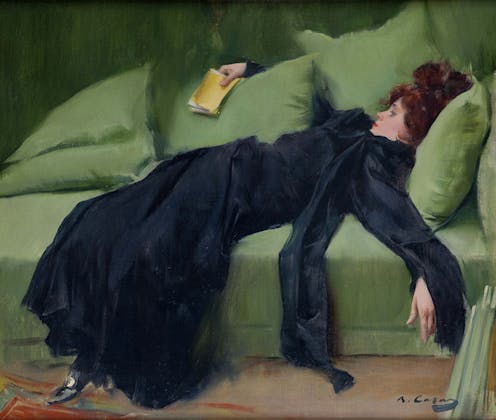
In the middle of the final decade of the 19th century, Britain was the most powerful and richest nation on earth, with the largest empire ever known. The nation might be thought to have had nothing of which to be frightened, yet frightened it was.
Many Britons of the time were steeped in an education in Latin and Greek in the classical tradition, so they knew what happened to great empires: they decline and fall. This was the atmosphere addressed by the Yellow Book, the most innovative journal of art and literature of the period, published between 1894 and 1897. It’s a topic I explore in my new book, Decadent Women: Yellow Book Lives.
With its iconic fin de siècle designs (characteristic of the end of the 19th-century lethargy) and its showcasing of women writers, the Yellow Book gave its name to the decade. The period is now sometimes referred to as “the yellow nineties” in tribute.
The Yellow Book was created by the brilliant young artist Aubrey Beardsley and energetic American writer Henry Harland. It considered the Victorian artistic ideal of morality as the highest quality in art to be prudish and lacking in a future.
The “Beardsley women” – perfectly stylised black illustrations featured both on the cover and throughout – received the most attention. One of Beardsley’s detractors claimed that:
They resemble nothing on the earth, nor in the firmament that is above the earth, nor in the waters under the earth; with their lips of a more than Hottentot thickness, their bodies of a lath-like flatness, their impossibly pointed toes and fingers, and their small eyes that have the form and comeliness of an unshelled snail.
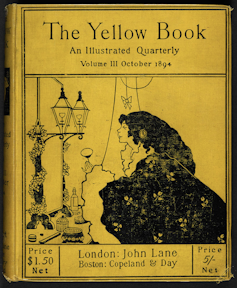
The Yellow Book featured a significant number of women writers. One-third of its writers were women (47 out of 137 writers). An analysis of the poetry in the Yellow Book shows even more women’s work. Of the 116 poems across its 13 volumes, 44 were by women.
They were early modernists like Chavelita Bright (who wrote sexually explicit stories under the pen name of George Egerton) and realist writer Ella D’Arcy. D’Arcy presented a sour view of women which was rather more complex than that proposed by feminists such as Sarah Grand and Mona Caird, who were battling against male domination in marriage.
In D’Arcy’s world, the greater discourse between men and women which was permitted in the 1890s led only to deeper bewilderment and more disappointment on both sides, when compared to earlier decades.
The Yellow Book’s ‘at homes’
Central to women’s involvement in the Yellow Book were the “at homes” given by Harland and his wife Aline at their apartment in London. Women could attend these, unlike meetings held in pubs or men’s clubs.
I see him [Harland] standing on the hearthrug or sitting on the floor, waving his eye glasses on the end of their cord, or refixing them on his short-sighted eyes, while assuring some ‘dear beautiful Lady!’ or other, how much he admired her writing, or her paintings, or her frock, or the colour of her hair. He would rechristen a golden red-haired woman ‘Helen of Troy’; he would tell another that her eyes reminded him of the ‘moon rising over the jungle;’ and thus put each on delightfully cordial terms with herself.
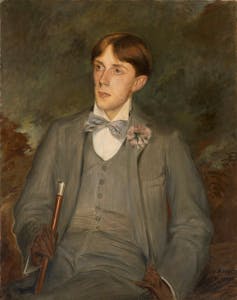
The Yellow Book suffered a blow in 1895 when the writer Oscar Wilde was arrested and imprisoned for homosexual offences. A tide moved against everything which was associated with decadence, which included the Yellow Book – even though Wilde had never written for it.
Some of the more puritanical writers for the Yellow Book’s publisher John Lane, insisted on the removal of Aubrey Beardsley as art editor and he was sacked.
Beardley’s departure certainly denied the journal his genius, but it was a gift for women illustrators who were now able to fill the space left by him and his almost all-male commissioning process of art. This included Mabel Dearmer who designed the first post-Beardsley cover and Nell and Mabel Syrett, sisters who both drew covers.
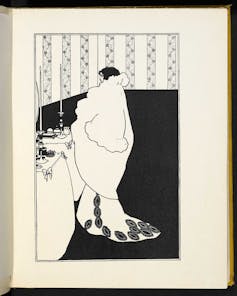
Nevertheless, the Yellow Book went into a decline. There was now less to distinguish it, and though it had been innovative, now there were imitators. Soon it was no longer ahead of the field – it was just one publication among others. It was also costing too much to run as sales declined. The last issue was published in April 1897.
There was, however, a lingering sense that something important had happened with the publication of the Yellow Book and it was frequently reprinted in subsequent decades.
It had united young and old, women and men in defiance of an ossified literary and artistic establishment and in doing so, lit a beacon for future generations.
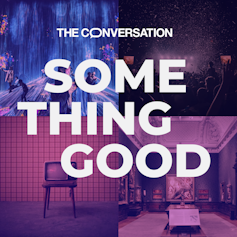
Looking for something good? Cut through the noise with a carefully curated selection of the latest releases, live events and exhibitions, straight to your inbox every fortnight, on Fridays. Launches 4 August. Sign up here.
Jad Adams has received funding for Decadent Women research from British Academy, Scouludi Foundation, Authors' Society
This article was originally published on The Conversation. Read the original article.







